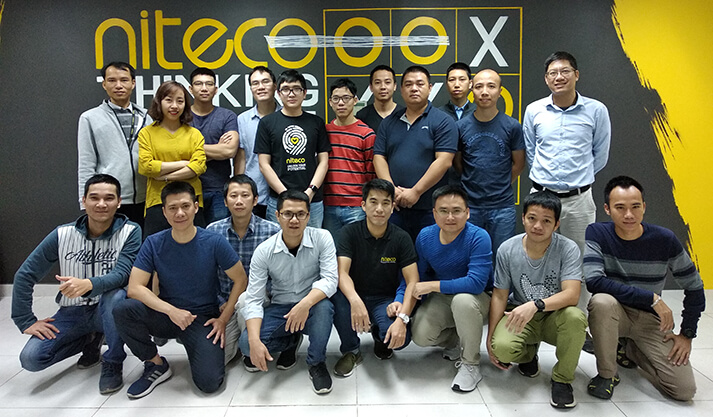It’s that time of the year again. Ushered in by George Michael’s ‘Last Christmas’, Jose Feliciano’s ‘Feliz Navidad’ and ‘Rudolph the Red-nosed reindeer’ on loop, retailers assault shoppers’ five senses with festive season goodies – in malls, on the high street, local markets and of course online. Every year brands try to out-do each other with price reductions and sales. Even though it’s just November, the season of giving is upon us. And with it come Black Friday, Cyber Monday and user loads your website isn’t likely to see at any other time during the year.
The cost of downtime
Last year, shoppers around the world spent almost $8 billion on Cyber Monday alone, lured by attractive deals and lots of advertising. What this means for owners of Commerce websites is that on this day, user numbers are going to skyrocket. If you don’t prepare for this case, it will inevitably go down. And downtime on a day such as Cyber Monday or similar sales events could cost you dearly. The countermeasures are called scaling and optimizing, and the rise of cloud hosting has revolutionized them.
In the old days, to scale up, you had to buy and configure a bunch of additional physical servers to accommodate the higher user numbers. Those servers would then lie idle for the rest of the year, only to be obsolete by the time the next high-traffic day arrived. This proved especially frustrating when those astronomic user numbers actually turned out to be quite underwhelming. Talk about an investment not paying off.
There are two ways to avoid this problem.
Scaling and/or optimizing?
If you host your website in the cloud nowadays, scaling is done for you. Your cloud service provider – AWS, Azure and so on – will already include auto-scaling in its most basic service packages. That means that your cloud service provider registers user spikes and adds additional server space to your array as needed. You pay for the server space and computing power you use, not what you think you might need.
But what if that’s not the way you want to go? Many companies prefer to keep their own servers instead of putting everything they have into a giant server warehouse. Well, then optimizing your setup may be more suitable for you.
An E-Commerce customer of ours had major trouble with keeping their website going during their largest sales event of the year. Thousands of users accessing the site at the same time regularly brought the server to its knees, causing frustration with customers and losses in sales.
Tuning the code
Niteco’s specialists went about optimizing the backend code to dramatically improve response times and cut down on the amount of Episerver Find queries. Just a few weeks after we took over the site, a load test of 3000 concurrent users was no problem for the site anymore. The diligent optimization work led to later load tests of 5000 concurrent users being easily handled by the site and the customer’s next big sales event going off without a hitch.
So if your site regularly crashes under heavy user loads, your poor servers may actually not be to blame. It may be the website code that’s the culprit. So a code review by an experienced service provider like Niteco may be in order.
If you’re experiencing some of these issues, contact Niteco today and let us show you how we can improve your site – not only to lessen frustrations for your customers and yourself, but also to prevent losses from downtime and boost your bottom line.
to transform your business and drive results?



